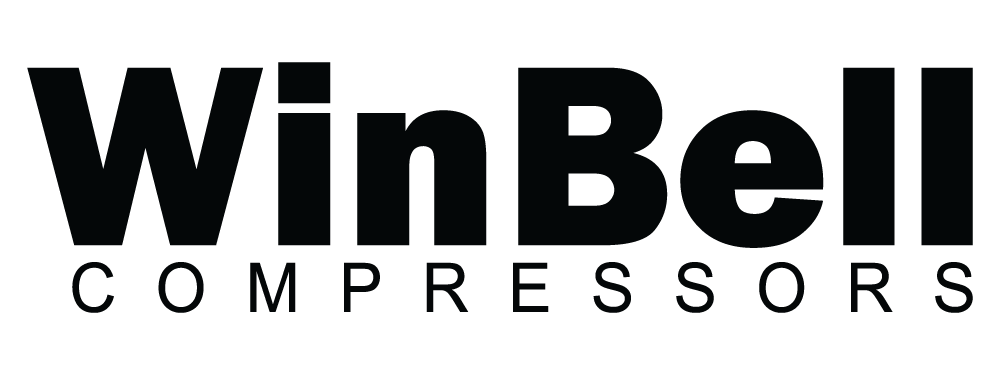Data communication is the transfer of data from one device to the next through an electronic transmission medium. It can be accomplished through wired media such as twisted pair cable or coaxial cable as well as wireless media such as radio waves or optic fibers. The data needs to be encoded, encapsulated and transmitted by the device sending it before being decoded and encapsulated at the receiving device. This process is similar to transmission of analog signals however, it is more intricate and focuses on binary data (1s & 0s).
To increase efficiencies within an company, companies are using data communication to share information more efficiently with dispersed users. For instance, a car manufacturer needed to communicate information to 6’000 inexperienced and dispersed dealers of spare parts to make sure that stock is in line with demand and reduce waste. This required communication via a network not optimized for data transmission and the use of a mobile-based application which was difficult for novice users to navigate.
Effective data communications begin by understanding your audience and how they view the data. It involves creating visuals ZIP archive recovery process to enhance the story and giving context-based information. It is also about articulating information in a clear, concise narrative. It also involves tailoring the content to each audience depending on their hierarchy, technical knowledge and level of interest. Lastly, it involves pushing the boundaries of creativity to make data communications more impactful and memorable.
